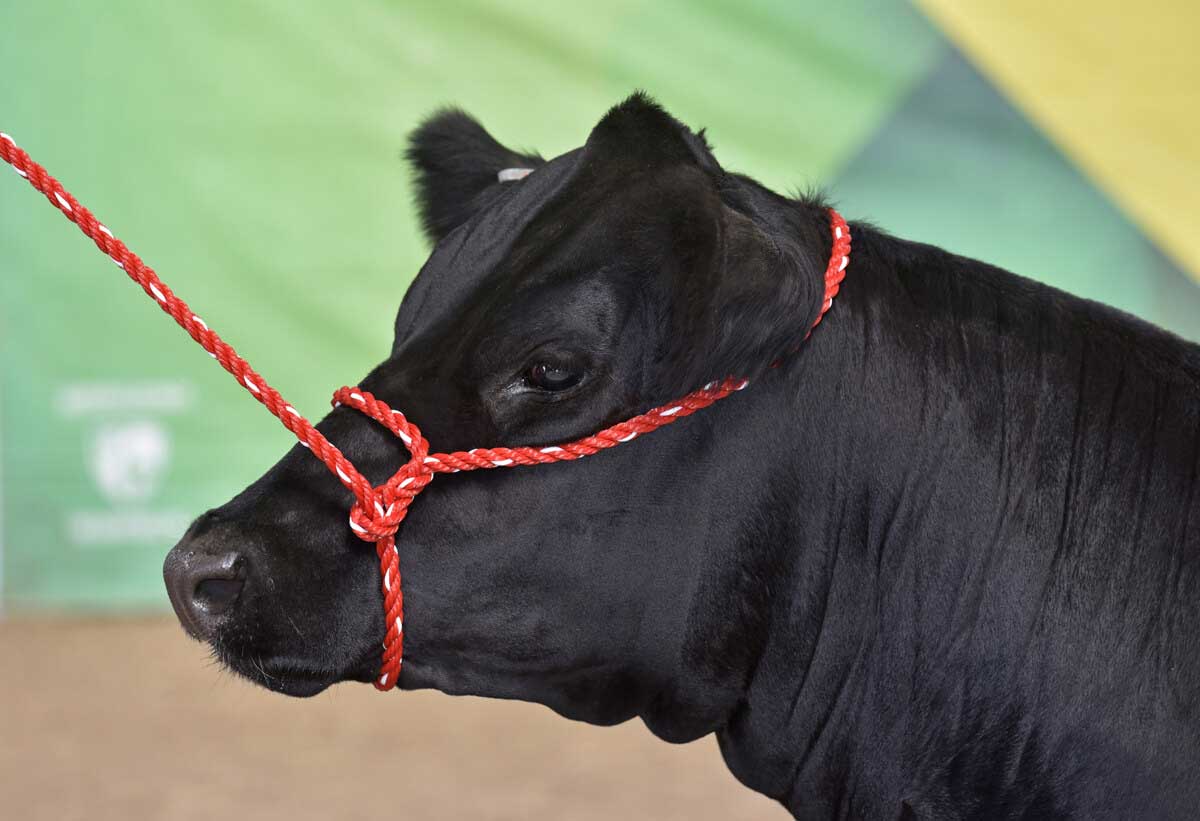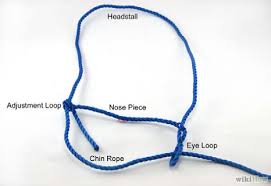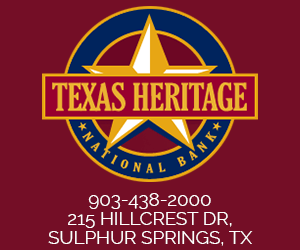Tying the ideal halter by AgriLife’s Brad Johnson


[adning id=”33097″]
Handling livestock safely is, obviously, very important for the stock and the humans working with them. Handling livestock unprepared or improperly may result in damage to the facilities and injury to the animals and/or the humans. All of which may lead to: medical expenses (Veterinary and human); facility repairs, plus the associated cost and lost time of use of the facility; and, greater costs of production incurred through decreased performance and feed efficiency, shorter life-time production, decreased value, and the ultimate disaster, death.
One of the most basic tools to handle livestock is a halter. The ideal halter for the species, the material the halter is made with, and putting the halter on the animal correctly decreases the potential for accidents.
The ideal halter to routinely handle cattle, goats, and sheep is the nylon ‘slip’ halter made from one piece of rope, using the pressure point under the animal’s chin to help control the animal. Why is the pressure point under the chin of cattle, goats, and sheep important? Please follow along: Where is the animal’s head (cattle, goats, and sheep) when the handler has the greatest control? Up, mid-range of the animal, or down? If you’ve ever had cattle, especially, get their head down while they’re haltered, you know the animal is in complete control and the handler is “along for the ride.”

The correct answer is, the handler has the most control of cattle, goats, and sheep when the animal’s head is up. How does the handler best keep the animal’s head up? Where is the pressure point on the animal’s head to keep its head up? Under the chin. As the handler pulls on the lead of the nylon ‘slip’ halter (when put on the animal correctly), the halter’s chin rope ‘slides’ through the adjustment loop (right side of the animal) and eye loop (left side of the animal) of the halter to put pressure on the animal’s chin, helping to keep its head up, providing the handler with greater control.
The lead of the halter comes off the left side of the animal. Why the left side? In order to have the most control of the animal, the handler’s dominant/strongest hand is closest to the animal. The vast majority of the world is right-handed, thus their right hand is closest to the left side of the animal’s head.
How does the handler put the ‘slip’ halter on the head of cattle, goats, or sheep? As discussed, the lead is to the left, putting the nose piece over the nose, so the adjustment loop is on the animal’s right and eye loop is on the left. To help identify parts of the halter, the length of the nose piece is not adjustable. The chin rope goes under the chin, while the animal’s ears go behind the headstall. Gently scoop the animal’s nose, placing the nose piece over the nose, the chin rope under the chin, then tuck the ears behind the headstall.

Be safe.
Contributed by Brad Johnson, Agriculture Agent – Hopkins and Red River Counties
[adning id=”33097″]












